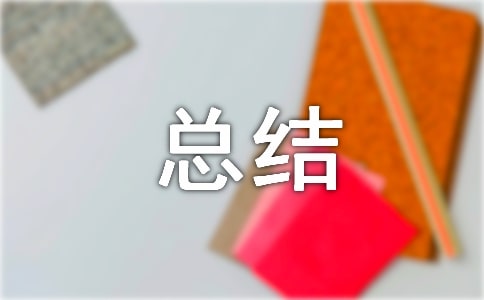there be用法总结
 爱扬教育
爱扬教育
2022-03-15
There在此结构中是引导词,已经没有副词“那里”的含义。be后的名词是句子的主语。其基本用法结构为:
There be+名词主语(人或物)+地点。
扩展资料
1、否定句

There be的否定句一般是直接在be后加not,not可以缩略为't。如果原句中还有some,一般要改为any。如:
There isn't a man under the tree.
There aren't any apples on the table.
还有一种否定表达方式是通过no来表达,此时的no相当于not...any。如:
There is no water in the bottle.
There isn't any water in the bottle.
There are no pictures on the wall.
There aren't any pictures on the wall.
2、一般疑问句
There be句型要改为一般疑问句,只要把be提到句首即可。其肯定回答为:Yes, there is/are,否定回答为:No, there isn't/aren't。如果原句中含有some,也要改为any。如:
- Is there a man under the tree?
- Yes, there is. / No, there isn't.
- Are there any apples on the table?
- Yes, there are. / No, there aren't.
3、特殊疑问句
There be 句型的特殊疑问句主要有how many和how much做引导词两种情况。如:
There are five thousand students in our school. (就five thousand提问)
How many students are there in your school?
There is a little money in my wallet. (就a little提问)
How much money is there in your wallet?
4、反义疑问句
There be的反义疑问句一般是以be作为反义疑问部分的助动词来用,它也遵循“前肯后否、前否后肯”的原则。如:
There is a cup on the table, isn't there?
该句前半句为肯定句,所以反义疑问句部分要采用否定的isn't。
There is no juice left in the bottle, is there?
该句前半句为否定句,所以反义疑问句部分要采用肯定的is。